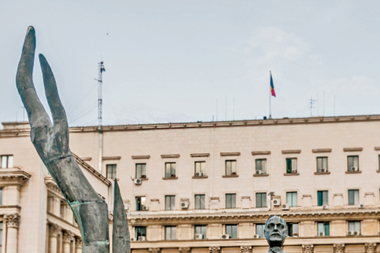Romania’s mandatory second-pillar pension funds received scant compensation this year after the government’s 2016 Budget raised the contribution rate by 0.1 percentage point to 5.1% of gross wages, not the 6% earlier stipulated in law.
The 6% rate is now set to kick on in 2017.
Previous reports suggested the 2016 contribution rate would be frozen at 5%, a measure the Romanian Pension Funds’ Association (APAPR) estimated would cost future pensioners €200m.
According to Mihai Bobocea, adviser to the APAPR board, the impact of the so-called “increase” will be negligible.
“This measure is the biggest blow against the fledgling second-pillar system in its eight-year history,” he told IPE.
“We at APAPR made great efforts before the end of 2015 to prevent this and try to convince the government to respect existing legislation, but several populist measures have had more success in making it on the final national budget adopted for 2016.”
According to Romania’s Financial Supervisory Authority (ASF), the second pillar had 6.5m members and net assets of RON24.3bn (€5.5bn) as of the end of November 2015, while contributions over the 12-month period totalled RON5.2bn.
In related news, the ASF has slashed fees for voluntary third-pillar operations by 50%, cutting the annual asset management fee to 0.01% of net assets, the up-front monthly contribution to 0.25%, and the depositary levy to 5%.
These took effect at the start of 2016.
The third pillar is considerably smaller than the second, with 378,370 members and net assets of RON.2bn as of the end of November 2015.
The fee reductions, however, have also left the industry underwhelmed.
Bobocea noted that it fails to compensate for the 2012 decision by the ASF’s predecessor, the Private Pension Supervision Commission (CSSPP), to raise second-pillar fees, as of 2013, by 60%.
“That will also have a negligible effect on the financial situation of the industry,” he said.
“The APAPR requested a reversal of an exaggerated 60% hike in second-pillar fees in 2012, which still remains a huge burden on the industry.
“Basically, the regulator only ‘gave back’ 10% of the requested cut in fees and kept 90%, which is totally unreasonable and unfair.”







No comments yet